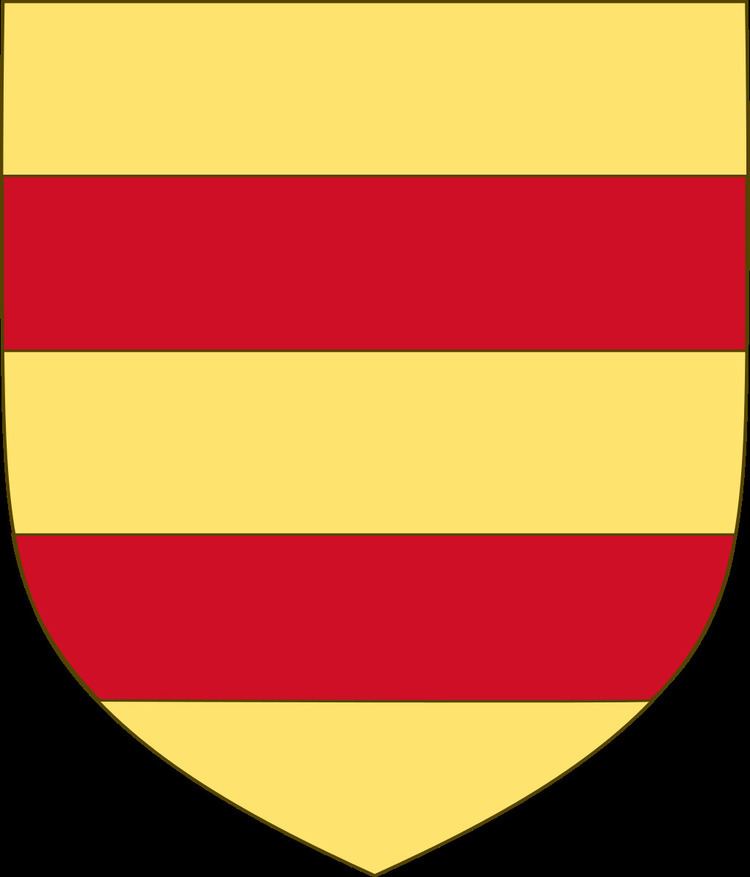Founded 1448 | ||
 | ||
Country Grand Duchy of Oldenburg, Russian Empire, Kingdom of Denmark, Kingdom of Norway, Kingdom of Sweden, Kingdom of Greece, Duchy of Saxe-Lauenburg, Duchy of Schleswig, Duchy of Holstein Titles Emperor of RussiaKing of DenmarkKing of NorwayKing of SwedenKing of GreeceKing of IcelandGrand Duke of OldenburgDuke of Saxe-LauenburgDuke of Schleswig and Holstein Final ruler Russia:Nicholas II of Russia (1894–1917)Sweden:Charles XIII of Sweden (1809–18)Oldenburg:Friedrich August II (1900–18)Saxe-Lauenburg:Christian IX (1864)Schleswig-Holstein:Christian IX (1864)Augustenborg:Albert (1921–31) Current head Christoph, Prince of Schleswig-Holstein | ||
The House of Oldenburg is a European royal house of North German origin. It is one of Europe's most influential royal houses with branches that rule or have ruled in Denmark, Iceland, Greece, Norway, Russia, Sweden, Schleswig, Holstein, and Oldenburg. The current Queen of Denmark, the King of Norway and the former King of Greece, as well as the consorts of Greece and the United Kingdom and the first seventeen names in the line of succession to the British throne, all belong to this house.
Contents
It rose to prominence when Count Christian I of Oldenburg was elected King of Denmark in 1448, of Norway in 1450 and of Sweden in 1457. The house has occupied the Danish throne ever since.
History
Marriages of medieval counts of Oldenburg had paved the way for their heirs to become kings of various Scandinavian kingdoms. Through marriage with a descendant of King Valdemar I of Sweden and of King Eric IV of Denmark, a claim to Sweden and Denmark was staked, since 1350.
At that time, its competitors were the successors of Margaret I of Denmark. In the 15th century, the Oldenburg heir of that claim married Hedwig of Schauenburg, a descendant of Euphemia of Sweden and Norway and also a descendant of Eric V of Denmark and Abel of Denmark. Since descendants better situated in genealogical charts died out, their son Christian (the abovementioned) became the king of all three kingdoms of the whole Kalmar Union. The House of Mecklenburg was its chief competitor regarding the Northern thrones, and other aspirants included the Duke of Lauenburg. Different Oldenburgine branches have reigned in several countries. The House of Oldenburg was briefly poised to claim the British thrones through the marriage of Queen Anne and Prince George of Denmark and Norway; however, due to the early deaths of all their children, the crown passed to the House of Hanover.
The head of the house since 1980 is Christoph, Prince of Schleswig-Holstein.
Main line
Branches
- claimant Duke of Schleswig-Holstein in 1863
- Duke of Schleswig-Holstein
- Kings of Denmark (since 1863)
- King of Iceland (1918–44)
- Kings of the Hellenes (1863–1924, 1935–73)
- Although Prince Philip, Duke of Edinburgh, his sons and their children are patrilineally descended from this branch, by declaration of the British monarch, his sons and other descendants bearing the style "Royal Highness" are de jure members of the House of Windsor.
- Kings of Norway (since 1905)
- Dukes of Holstein-Gottorp (1544–1739)
- Dukes of Holstein-Gottorp (1739–73)
- Tsars of Russia (1762 and 1796–1917)
- Kings of Sweden (1751–1818)
- King of Norway (1814–18)
- Dukes, later Grand Dukes of Oldenburg (1773–1918)
